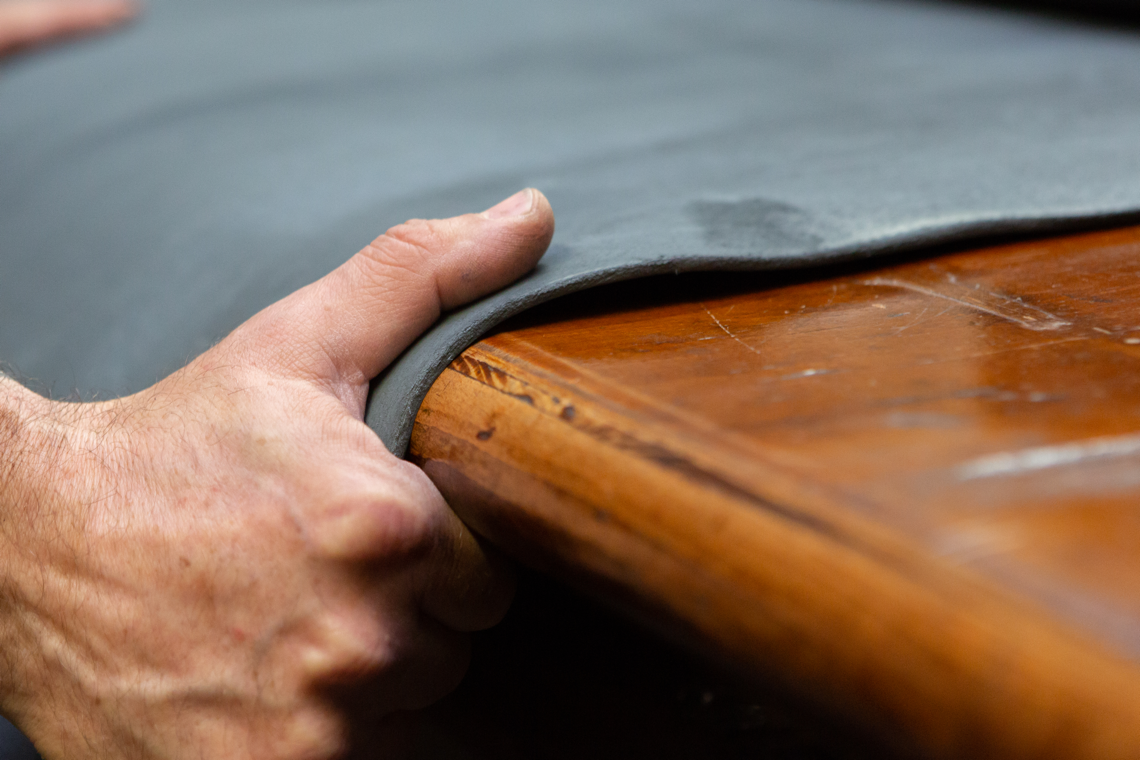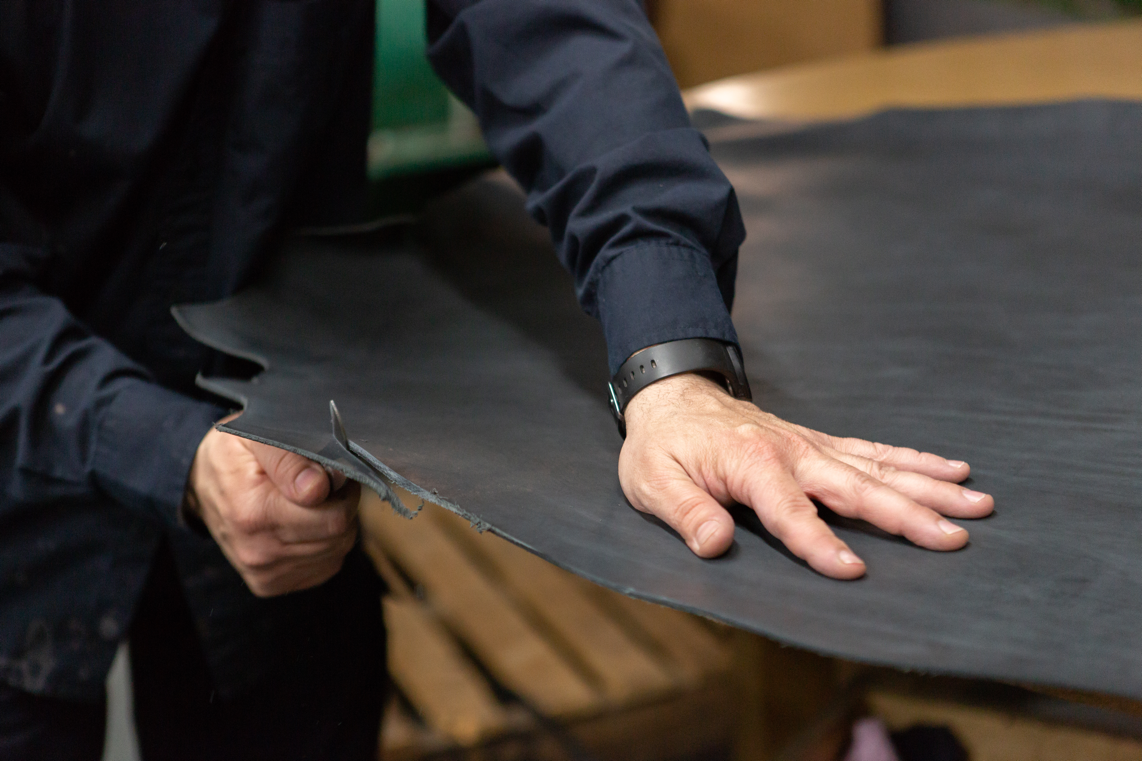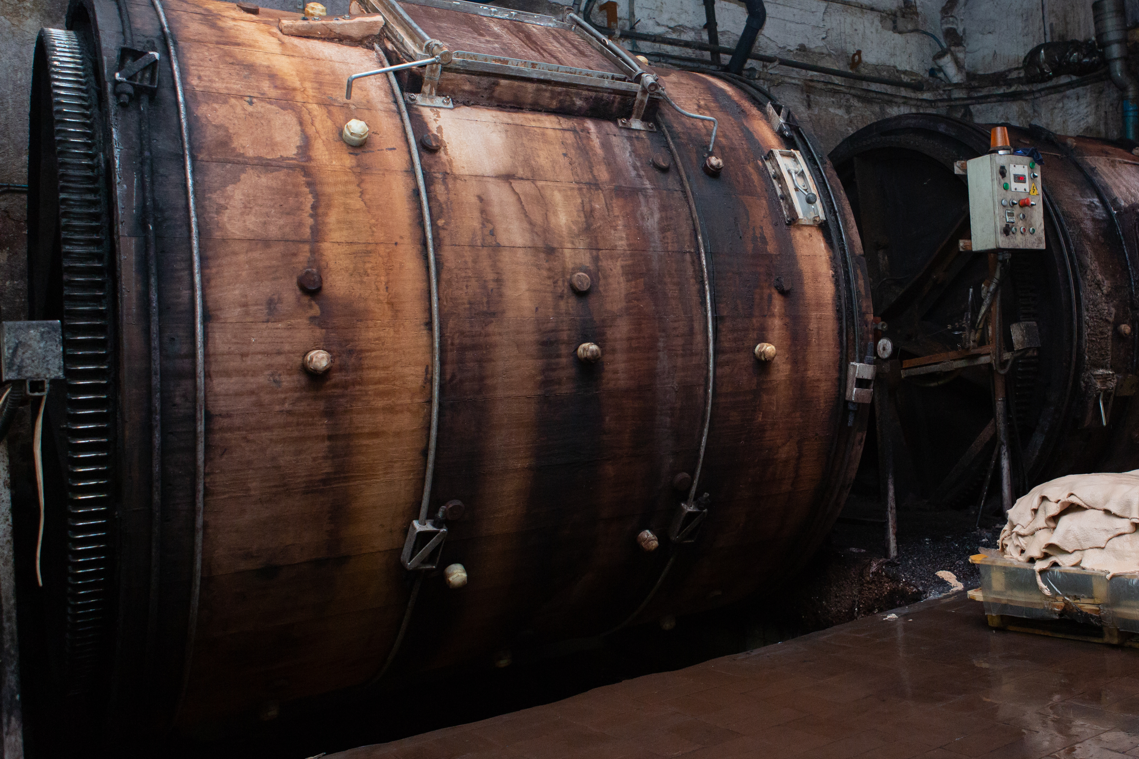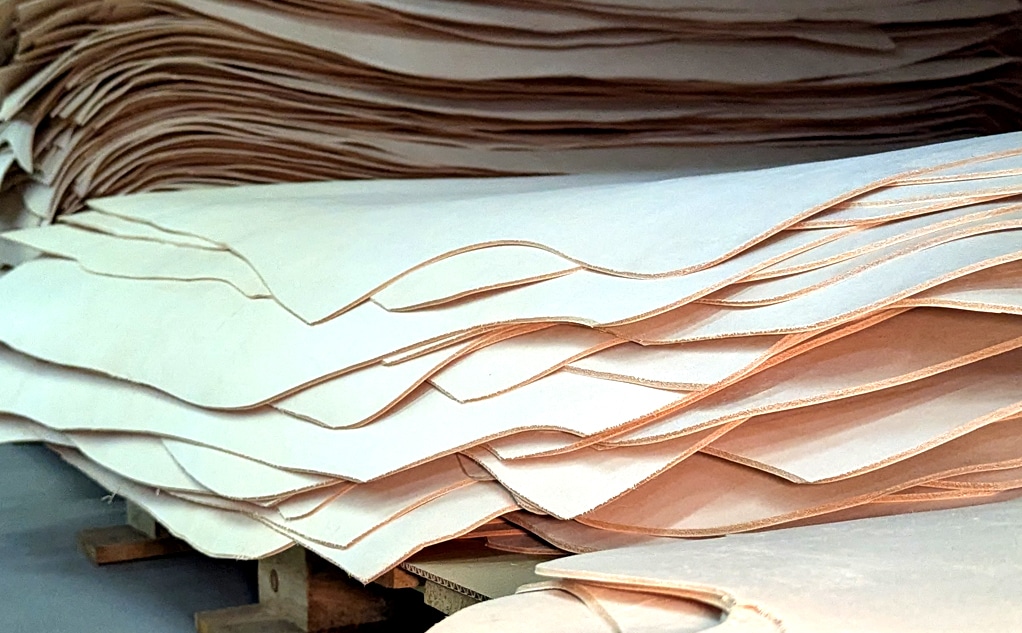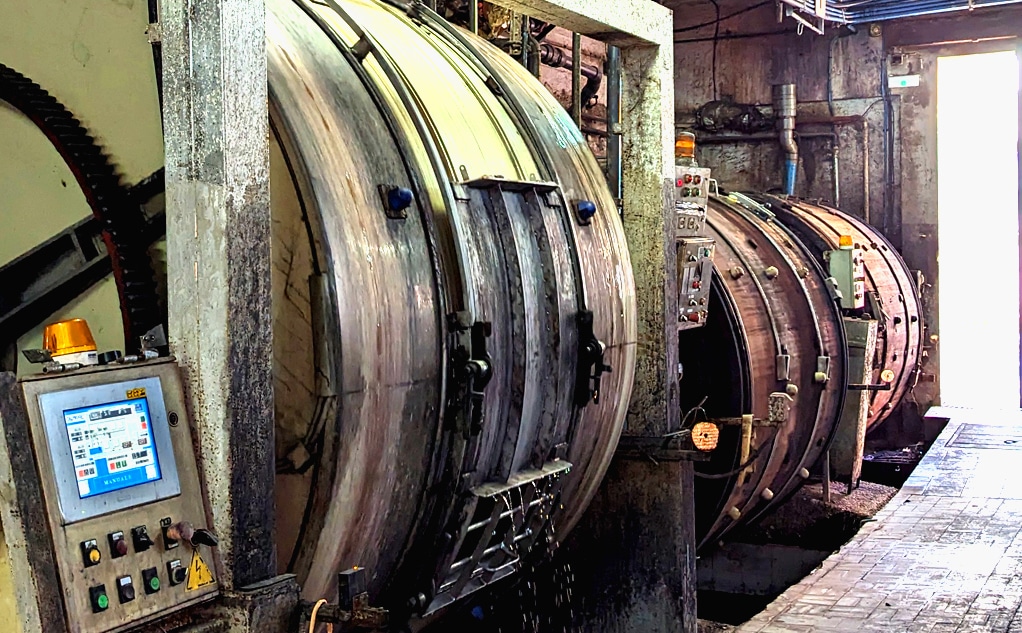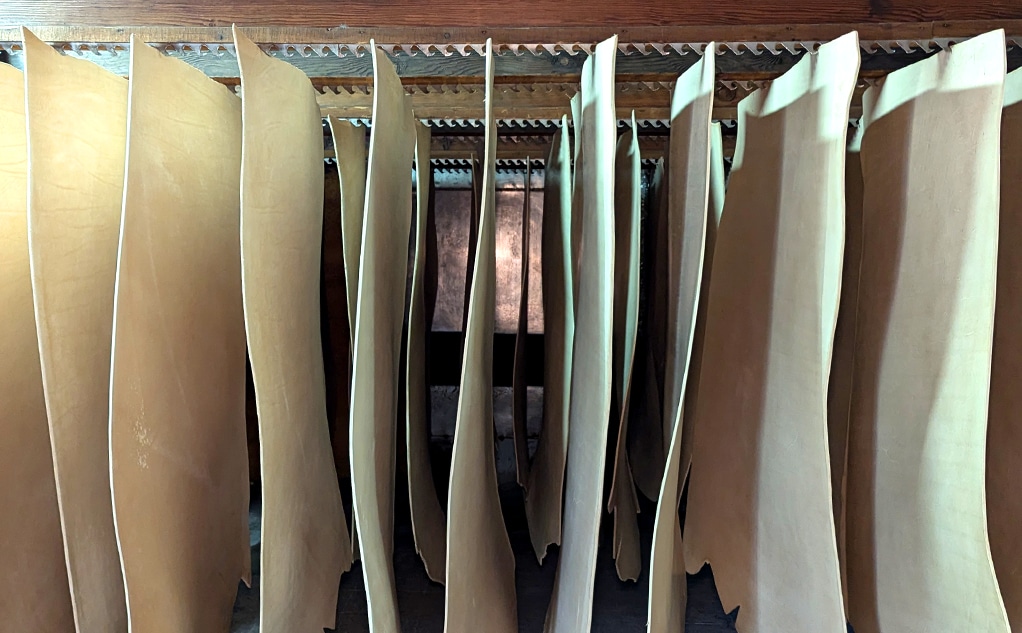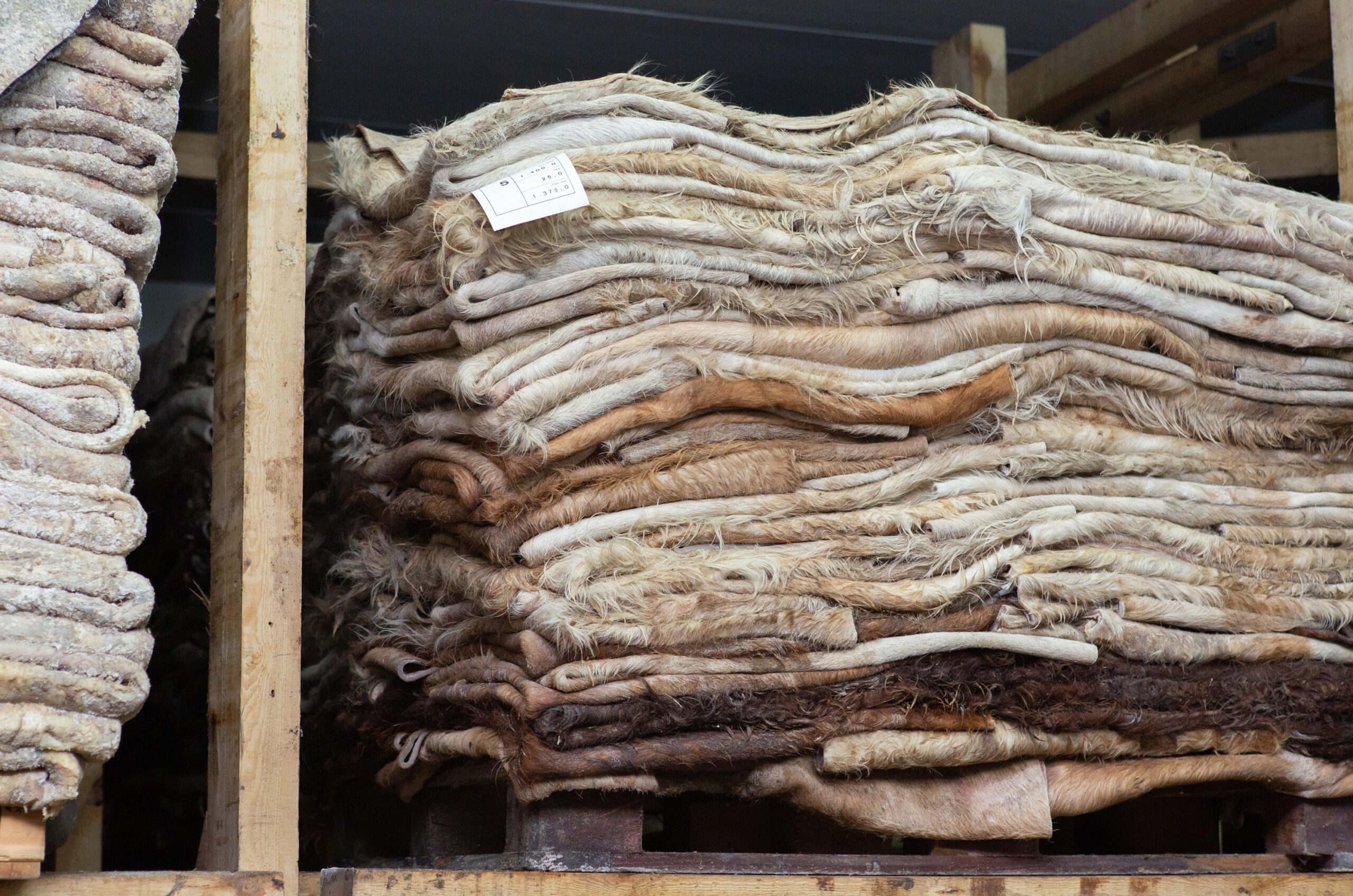
Leather
Leather, a gift from nature
10 / 01 / 2022
Original content posted by: COTANCE.
According to FAO data, there are around 1,600 million cattle around the world, 1,150 million sheep and 1,000 million goats.
The reasons for having animals are multiple, ranging from raising them for the production of milk and meat, to using them as a source of social prestige, assets, traction force or as a means of transportation.
Cattle transform grass and leaves that man cannot assimilate into highly nutritious food. In the EU, almost 50% of its forage comes from grasslands; the rest is made up of feed from forage crops, crop residues, oilseed cakes, by-products and around 13% of cereals. Livestock keeps our pastures and their biodiversity in good condition.
Animal welfare standards are essential and the EU Animal Welfare Policy includes the «Five freedoms for animal welfare in animal husbandry«. Animal welfare is an ethical duty. An obligation that only has advantages; only well cared for and healthy animals produce quality milk and, at the end of their lives, tasty meat. Furthermore, only well-treated animals have healthy leather or fur, which can be processed by tanners to obtain a beautiful leather.
On the contrary, the lack or the poor welfare of the animals only have adverse consequences. If there is suffering of the animals, also the farmers suffer losses and, at the end of the chain, a tanner who does not obtain a quality raw material. Animal diseases, parasite attacks, skin lesions or allergies are revealed when hides are transformed into leather.
Tanners can read hides and skins like an open book. They can identify how the animal has been treated during its life and whether the slaughter and skinning have been done professionally. The fewer defects they find, the better the animals have been treated.
A good quality hide produces a good quality leather. Whenever possible, European tanners select and choose only the best. They invest time, resources and efforts in transparency and traceability to feed information on defects into their initial supply chains and help continually improve quality through better animal welfare.
More quality leather means a more sustainable value chain; less waste, better ethics and more prosperity for all.
Continuar leyendo
Newsletter
Suscríbase a nuestra Newsletter y recibirá información sobre todo lo que nos inspira, las principales noticias, tendencias y mucho más.




